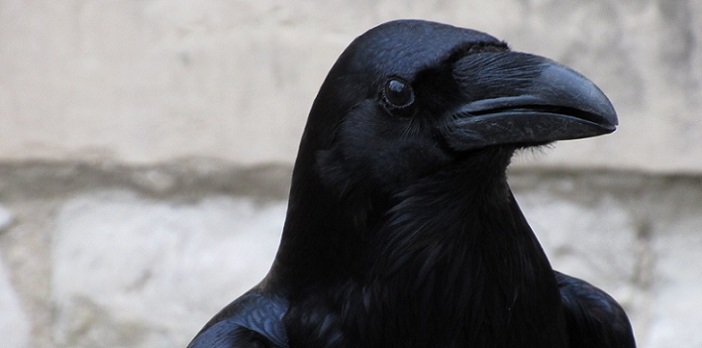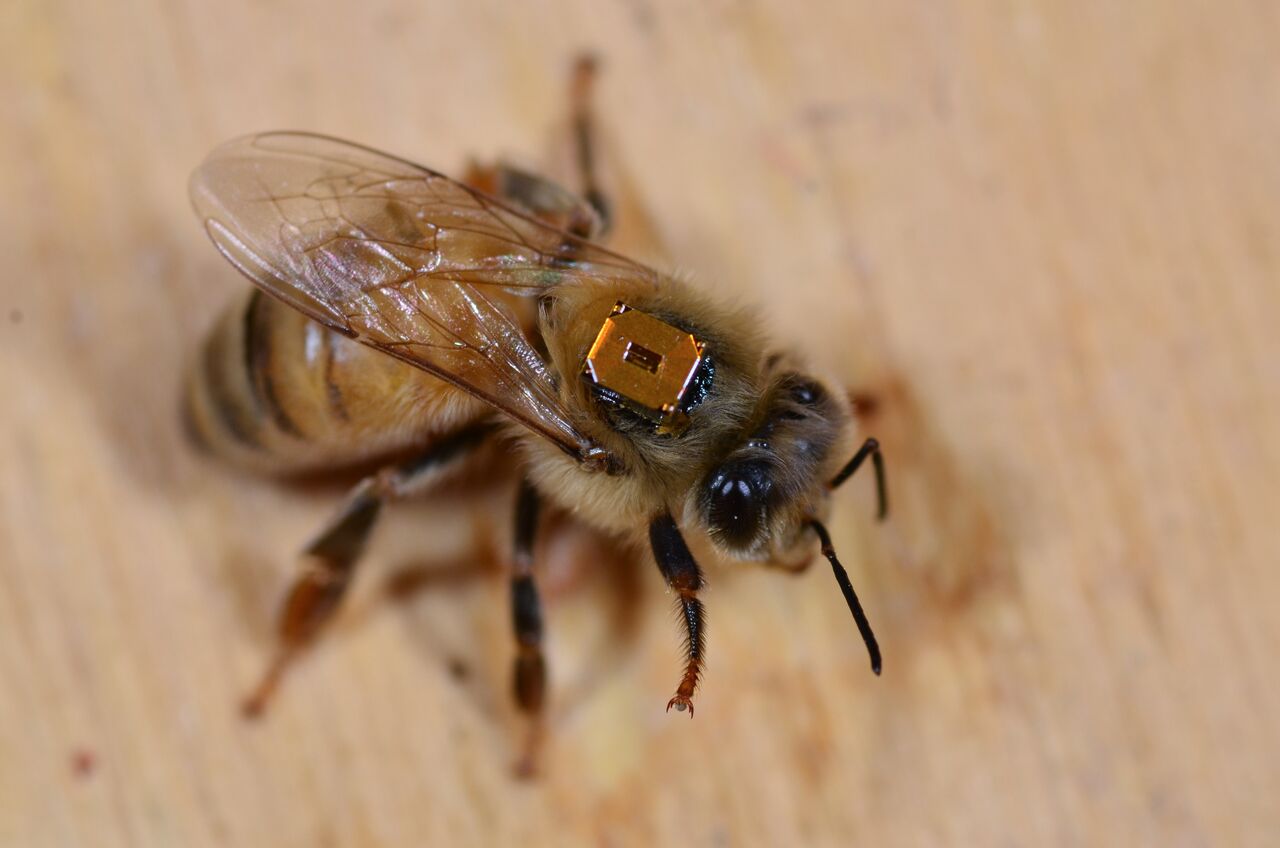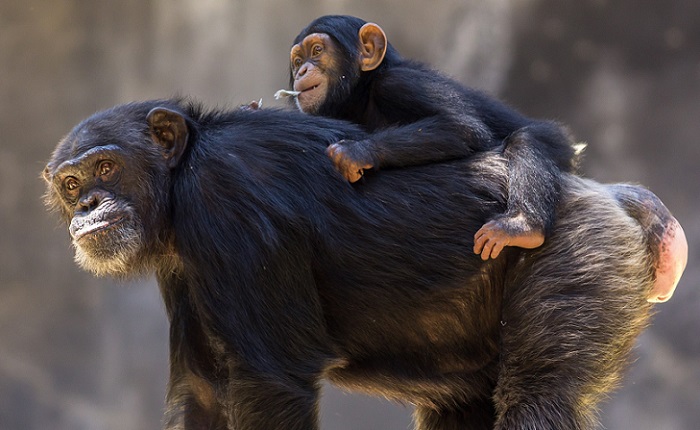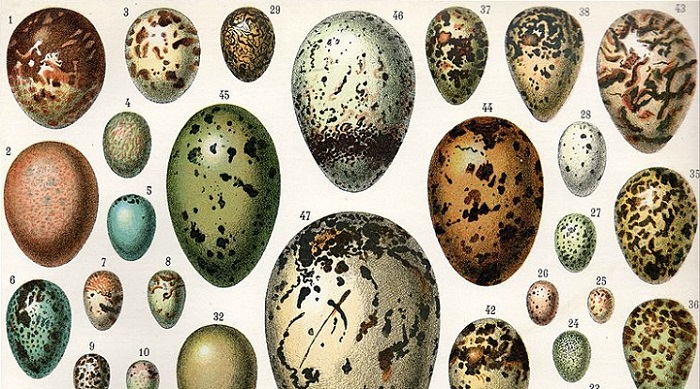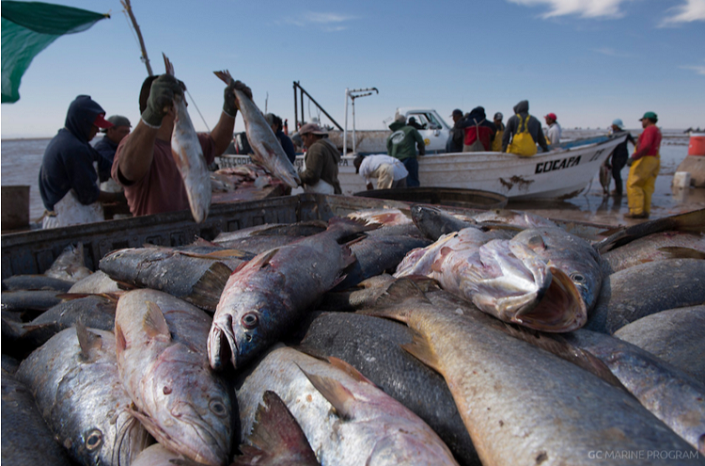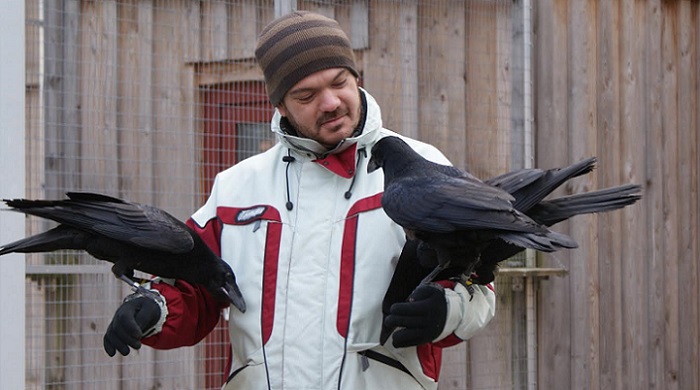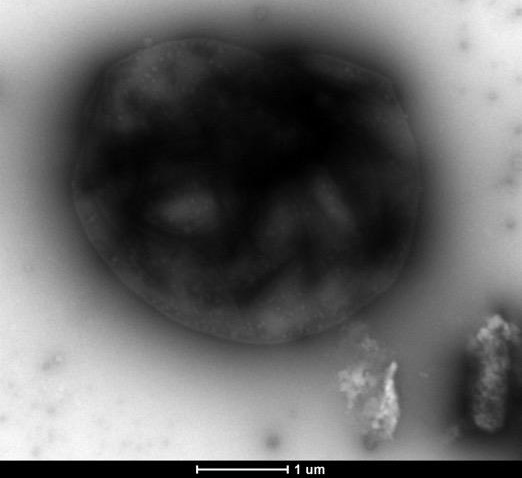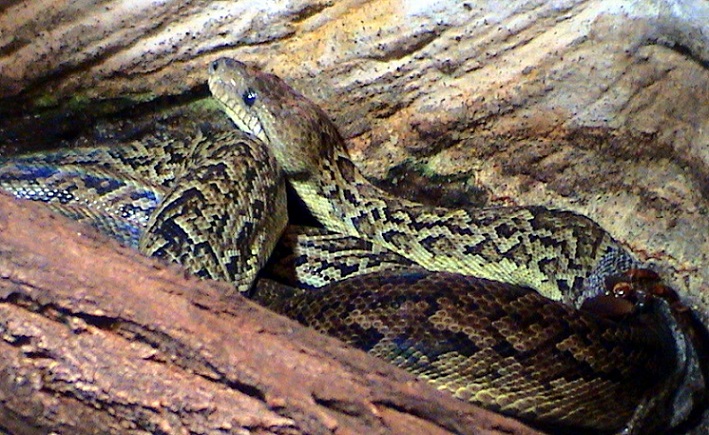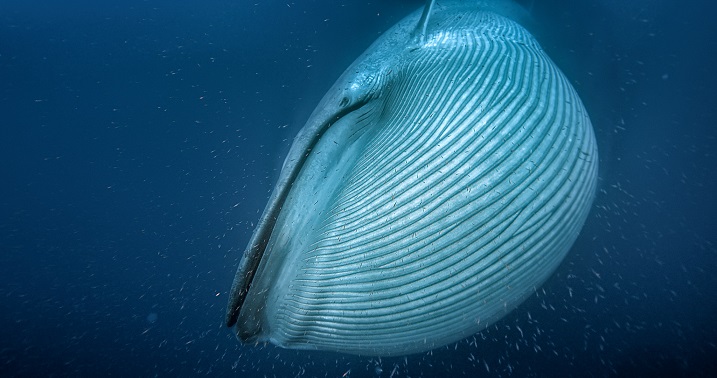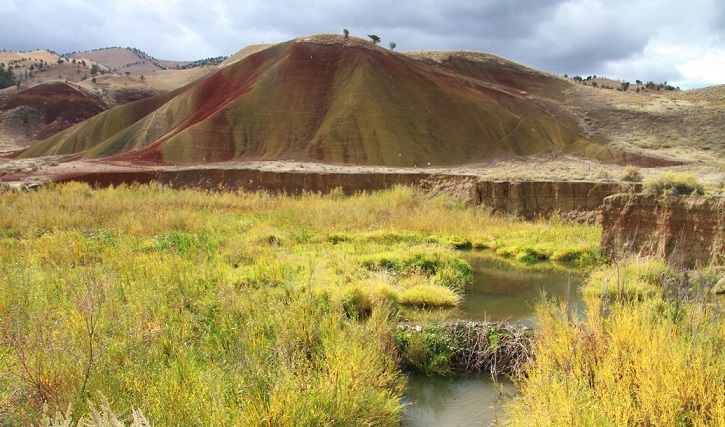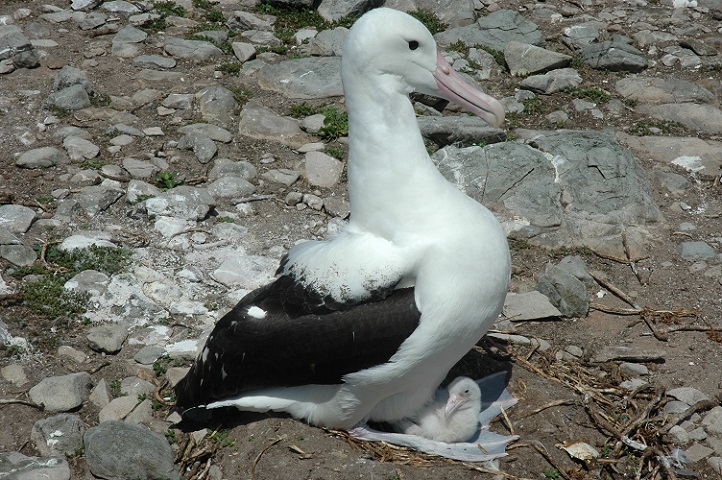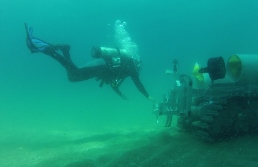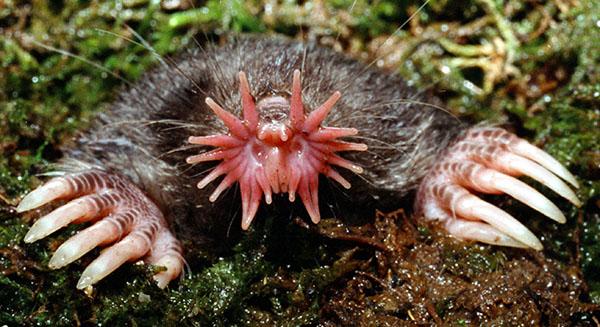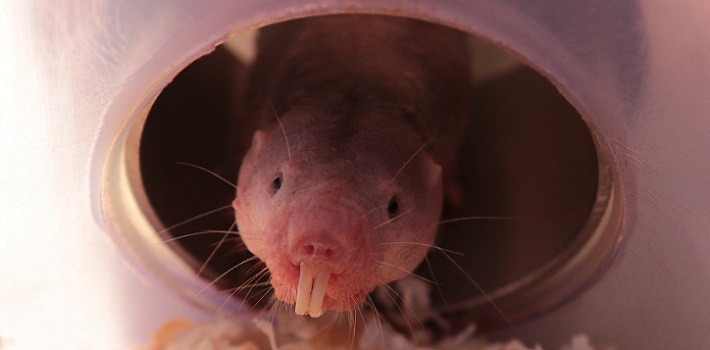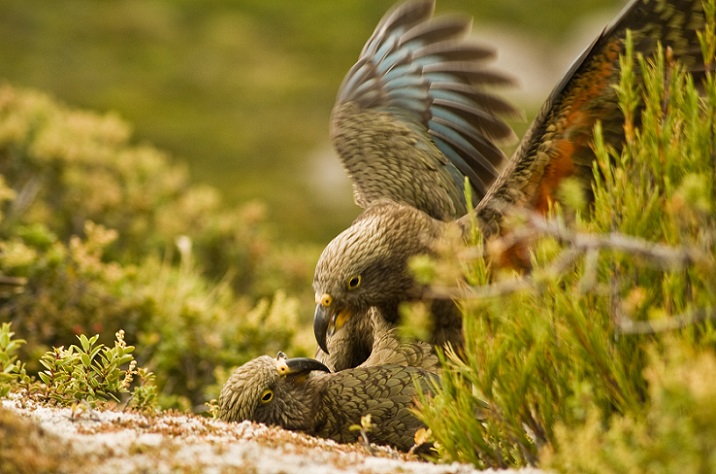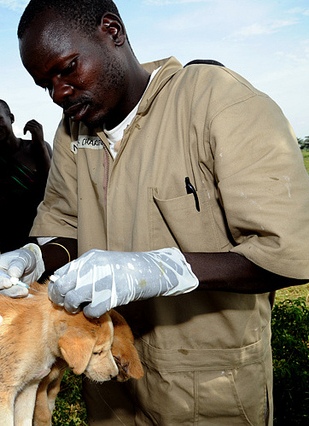Fanged Furball
Paleontologists have discovered a tiny mammal from the age of the dinosaurs that sported tusks.
Neonics and Bees
New evidence that neonicotinoid pesticides are hurting bees.
Chimpanzee Strength
Human muscle is adapted for endurance, rather than ape-like strength.
Drumming Cockatoos
Researchers discover that cockatoos use sticks and seed pods to drum out rhythms on tree limbs.
Egg Shape
An exhaustive analysis of birds and their eggs may explain why eggs vary in shape.
Harlequin Frog Release
Researchers release endangered Harlequin frogs back into the Panamanian rainforest.
Wildebeest Windfall
Unlucky wildebeests play a big role in African river ecology.
Noisy Fish
The loud noises made by spawning croakers could help fisheries manage their sensitive populations in Mexican waters.
Fair-Minded Ravens
Ravens, like humans, remember who has treated them fairly.
Flightless Genes
Researchers identify genetic factors that grounded a species of birds whose relatives all can fly.
Giant Whale Evolution
A changing climate three million years ago drove whales to evolve to the giant size they are today.
Choosy Bees
Rather than gather any pollen in the vicinity, bumblebees carefully select it based on their nutritional requirements.
Cooling Beaver Dams
Beaver dams could protect trout populations from the effects of climate change.
Albatross Satellites
High-resolution space satellites monitor threatened albatross populations in remote areas of the world.
Ocean Science in the 21st Century
ENCORE PRESENTATION: OCEAN SCIENCE IN THE 21st CENTURY - Old warships become new habitats. An ocean quadcopter gives researchers a sky-high view of the stormy North Atlantic. And, autonomous underwater vehicles that search for sunken treasure. Also, behind the untimely death of the octopus.
Star-Nosed Moles
What star-nosed moles reveal about the specialized mammalian brain.
Oxygen-Deprived Mole-rats
An odd-looking little mammal uses a trick from the plant kingdom to survive without oxygen.
Shocking Eel Strategies
Electric eels use a series of elaborate electrical discharges to get their prey to come out of hiding.
Contagious Parrot Laughter
Rare New Zealand parrots start playing spontaneously when they hear certain calls.
Eradicating Rabies
Vaccinating dogs against rabies protects humans and wildlife, too.
Avian Athletes
Scientists are learning from birds’ amazing metabolisms to help human athletes perform better on the ground.


